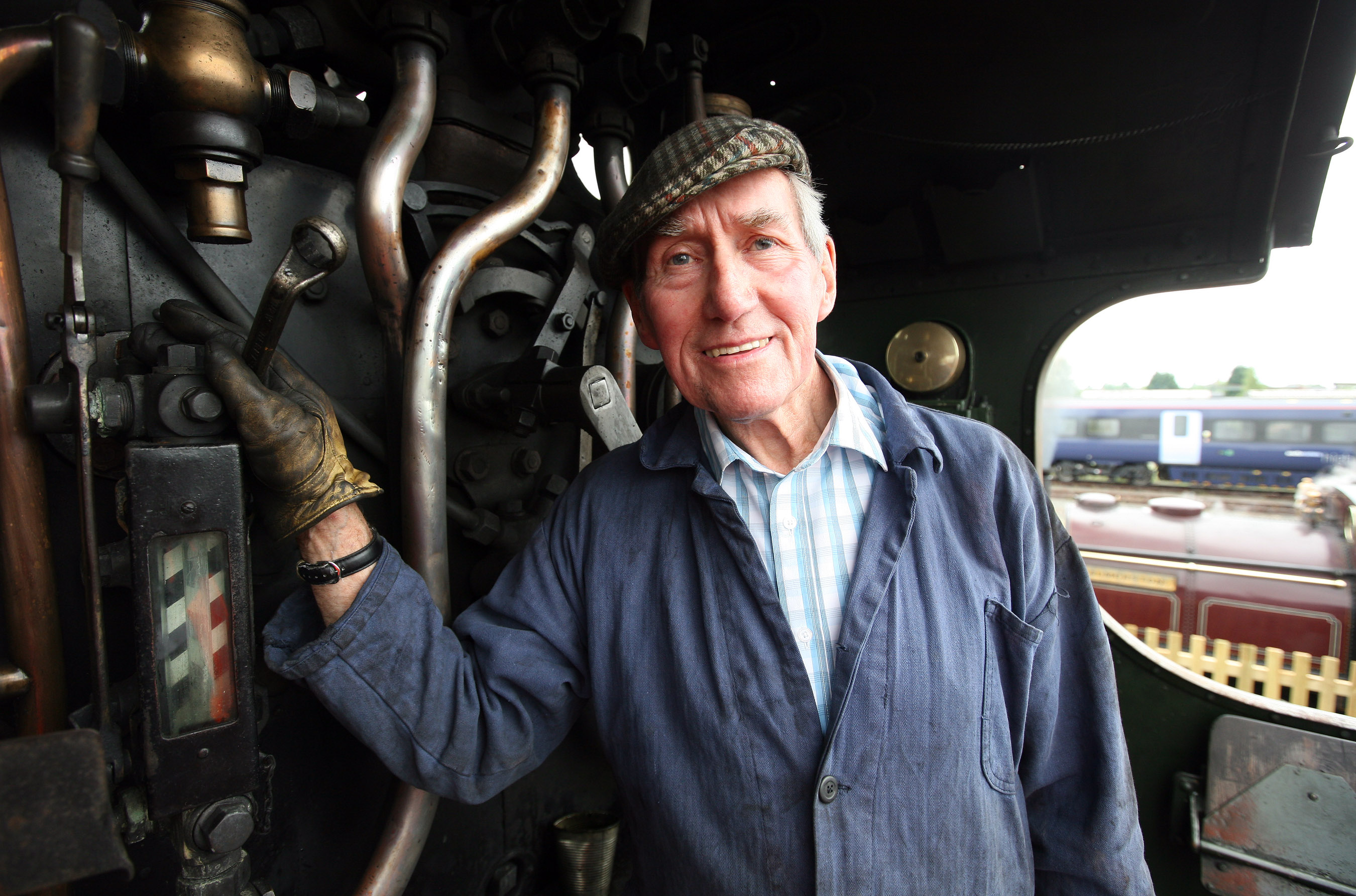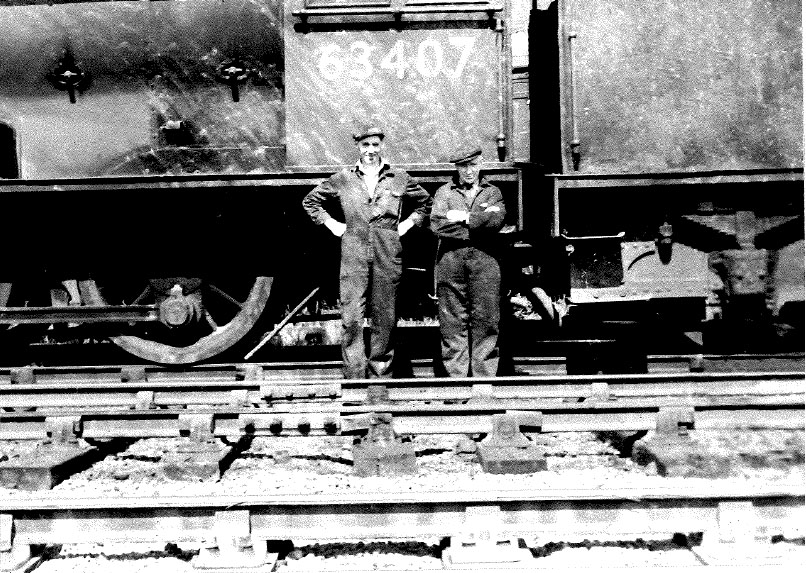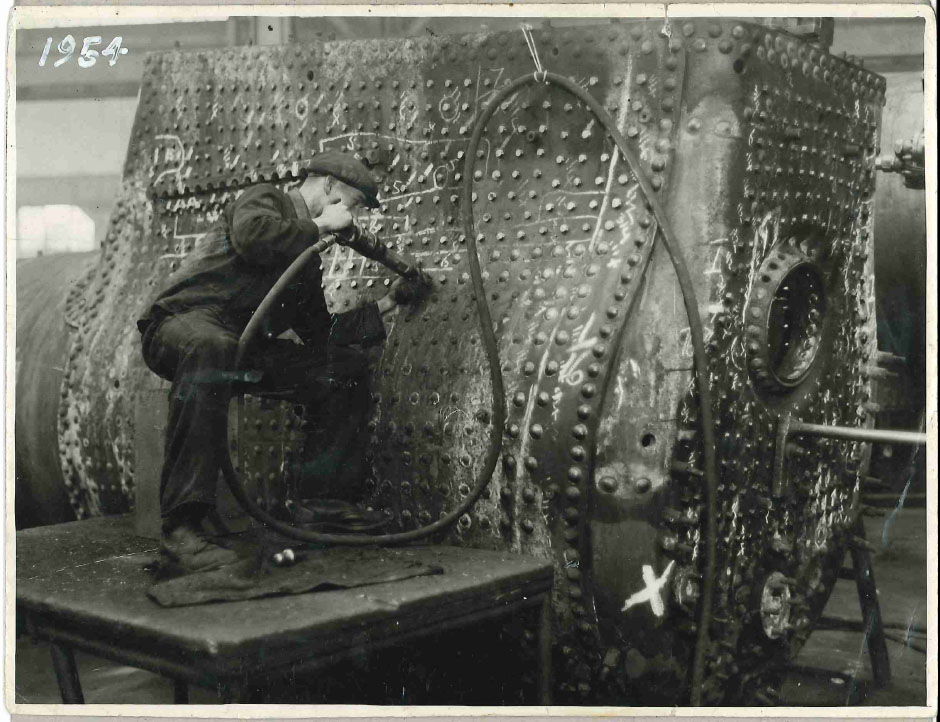It takes dedication, rare expert knowledge and a lot of elbow grease to repair and maintain an engine from the golden age of steam.
Fortunately, when the locomotive reputed to have been the first to reach 100mph, City of Truro, was in need of work to prepare it for Railfest, we knew just the man for the job.

Gordon Reed, the UK’s oldest working Boilersmith at 78 years old, has been volunteering his time to the National Railway Museum for 25 years. Since he began volunteering for the museum in 1987, Gordon has worked on a huge number of famous locomotives including Mallard, Flying Scotsman, Olton Hall and Duchess of Hamilton – all of which are currently taking part in Railfest.
Gordon’s most recent work on City of Truro has included expanding and re-beading small tubes and re-riveting stays in the locomotive’s firebox. Without this work, City of Truro would have been unable to steam at Railfest. City of Truro is famous for reputedly being the first steam locomotive to reach speeds of over 100mph – the very reason it has earned its place in the line up of record breaking locomotives at Railfest.
Although Gordon still plans to be involved with the National Railway Museum, and is currently volunteering at Railfest, the work on City of Truro was Gordon’s last major project for the National Railway Museum.
At the ripe old age of 78, Gordon decided that it was about time he stopped taking on such physically demanding projects – and he had the full support of his wife! In Gordon’s own words, his wife Joyce is a ‘railway girl’. Gordon met Joyce early in his railway career when working as a boiler examiner at West Auckland engine shed, near Bishop Auckland, in 1956. Joyce, an engine driver’s daughter, was a clerk at the engine shed.
Seven years earlier, Gordon’s railway career began at the age of 16 when he undertook an apprenticeship at Darlington’s North Road and Stooperdale Works. On completion of his five year apprenticeship, Gordon went into the National Service where he became a unit Boilersmith at the Marchwood Military Railway in Hampshire.


After his service, Gordon returned to Darlington Works until the end of steam came to southwest Durham in 1964. Subsequently, Gordon was made redundant and was transferred to railway welding for the permanent way department. In 1975, Gordon was appointed Chief Welding Inspector for British Railways in the eastern regions and rose through the ranks, eventually becoming the East Coast’s top authority on track welding.

Gordon has been involved in the railways for over 60 years and in that time he has seen some historical milestones reached – including the end of steam, the building of the Selby diversion, the privatisation of the railways and the opening of the railway line to Stansted Airport.

Gordon’s work on City of Truro is just one element of extensive preparation that has been undertaken by staff and volunteers in anticipation of Railfest.
Gordon is an incredibly valued member of the team here. He has volunteered for us for over 25 years, demonstrating an enormous amount of devotion to the railways. We are so grateful for his work on our locomotives, and in particular his recent work to prepare City of Truro for Railfest. Without the support of our amazing volunteers, we would never be able to run an event of this scale.
We proudly rely on the skills of over 300 talented volunteers who, during 2011, contributed over 25,000 hours to helping the museum. If you are interested in volunteering at the National Railway Museum, please visit the Volunteer page.
Any truth in the story of the Ramar dresses women being rescued from crook to tow law in the 1950’s or early 60’s snow storm by 2 west Auckland locomotives and snow ploughs